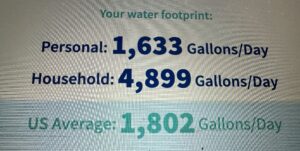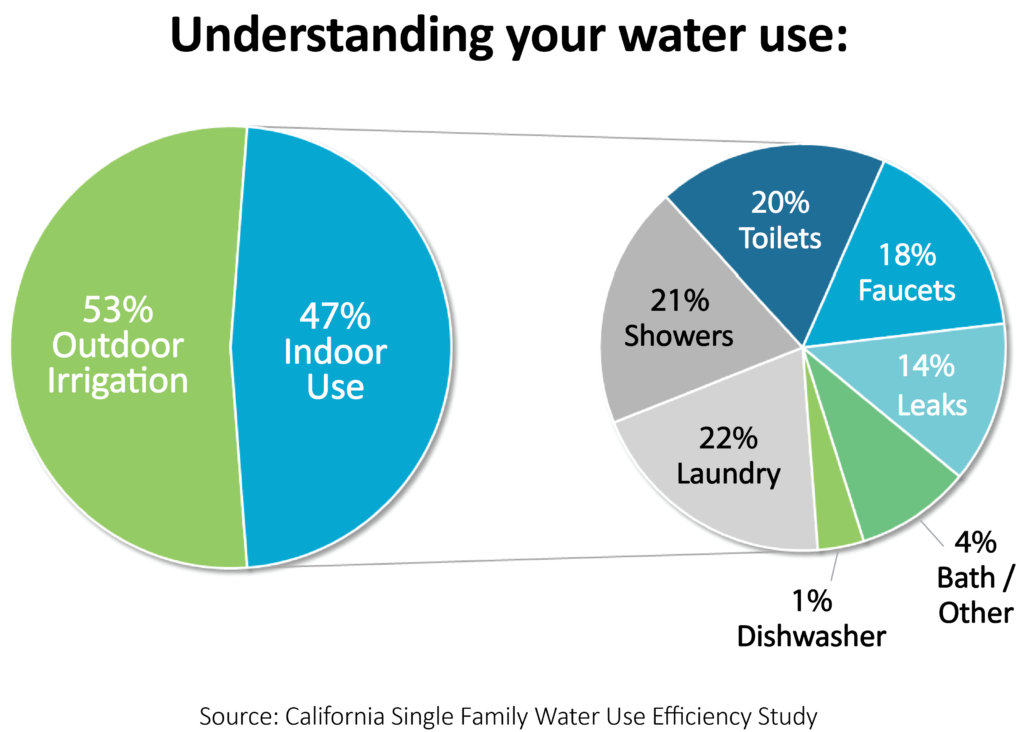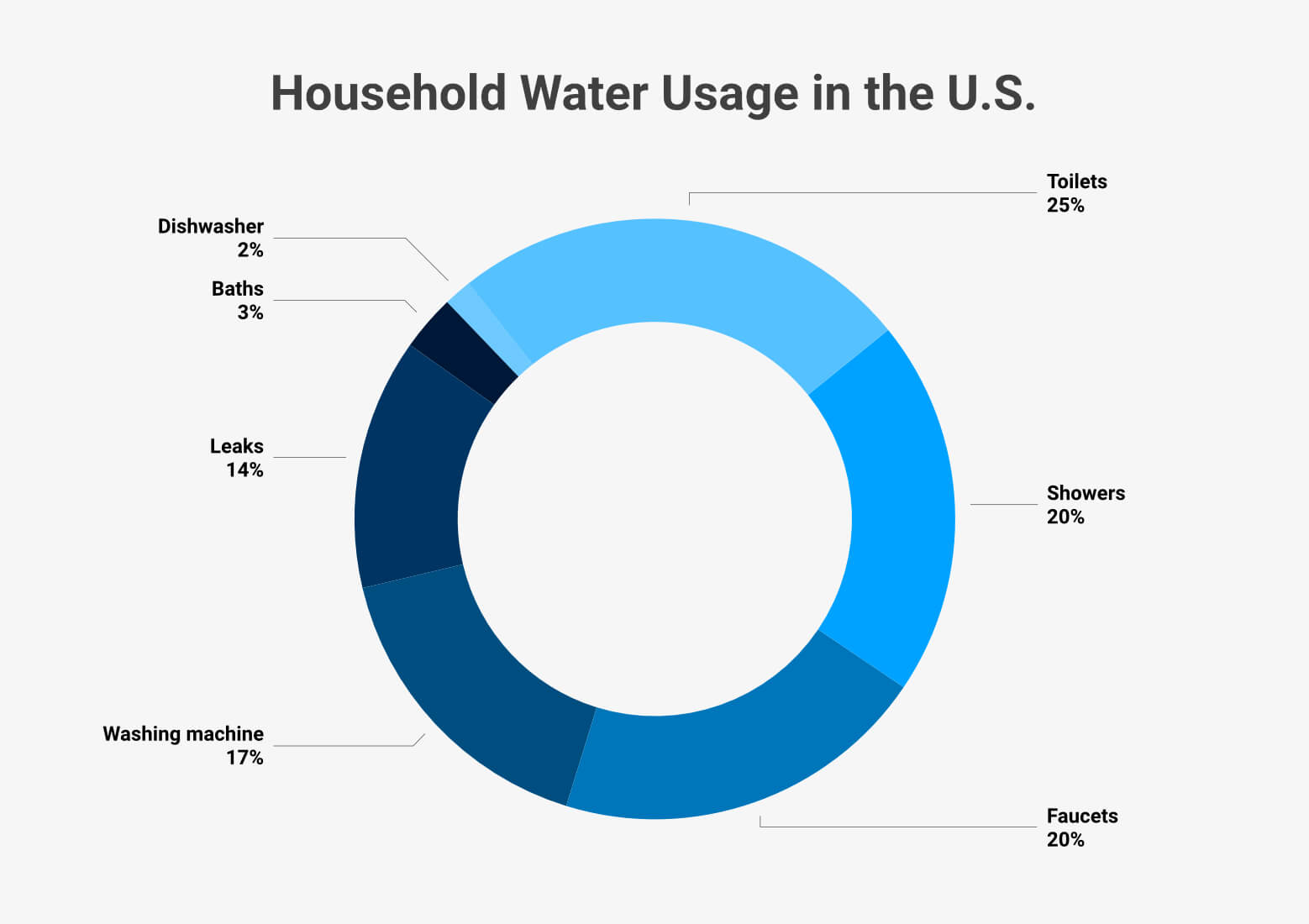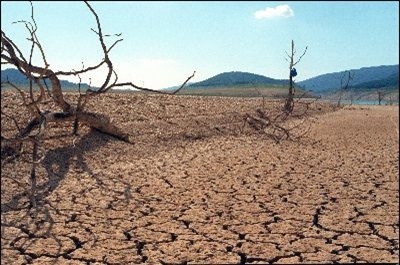Mar
31
My Water Consumption Vs. The Levant Region Water Consumption: How Social, Political, and Economic Implications Influence Water Access.
March 31, 2024 | | 7 Comments
Water is an essential element of everyday life. In the United States, we have grown accustomed to having unlimited access to clean water and sanitation. However, this is not the case in other countries, as water is oftentimes scarce and access to clean water is limited.
Currently, the U.S. consumes an average of 1,802 gallons/day. This numerical figure comes from various water sources such as indoor water (shower, bathtub, toilet), outdoor water (lawn, rain barrel, pool), and virtual water (driving, paper, plastic). Compared to the U.S. national average, my personal water consumption is less, as I use 1,633 gallons/day.

In a breakdown of my average water consumption compared to the U.S. average, my water consumption is significantly lower than the U.S. average in outdoor water use and virtual water use. For lawn and garden, I use 0 gallons/day compared to the U.S. average of 72 gallons/day. Furthermore, I use 0 gallons/day for swimming pool, compared to the U.S. average of 23 gallons/day. For car washing, my water consumption is equal to the U.S. average, as the U.S. average and I both use 1 gallon/day. As for virtual water, my shopping habits (291 gallons/day) are approximately half of the U.S. average (583 gallons/day). Similarly, for bottles and cans, I consume -15 gallons/day compared to the U.S. average of -8 gallons/day.
In comparison to the U.S. average, my personal water usage is higher in indoor water use. In terms of shower usage, my water consumption is significantly higher, as I average 65 gallons/day compared to the U.S. average of 11 gallons/day. Similarly, I use 40 gallons/day for the bathroom sink compared to the national average of 3 gallons.

Compared to the Levant region in the Middle East, the United States has greater access to water resources. According to Water Footprint Network, the United States’ water footprint per capita is 7,800 litre/day (2,060 gallons). Whereas the Levant countries average between 4,600 litre/day (1,215 gallons) to 6,300 litre/day (1,664 gallons). Of the Levant countries, Jordan is the most-water stressed. According to the United Nations, Jordan is the second most water-stressed country in the world. The average water consumption rate per capita in Jordan is 4,600 litre/day (1,215 gallons). The variance in water consumption between the Middle East demonstrates how access to water within the region varies from country to country, as some countries, such as Israel have access to more water resources compared to countries like Jordan, who struggle with water accessibility.

Given that the Middle East struggles with water accessibility, several of the countries in the Levant region have to import water from external sources. In Israel and Jordan, over 80% of the countries’ water resources come from external sources, while less than 15% comes from internal sources (water sources within the country). This statistic demonstrates how these countries rely on outside sources to provide sufficient water for its industries and human capita. Whereas, in Syria, only 16% of the country’s water sources comes from external sources. Instead, Syria receives 84% of its water supply from internal sources. In this case, Syria is more independent in terms of water supply, as it is able to fulfill a majority of its water demand from internal sources.
The issue of water scarcity within the Levant region is due to social, economic, and political implications. First, the social implications which impact water availability within the region stems from geographical locations as well as population-migration issues. Each of the Levant countries are arid; as such, their water supply is limited. Furthermore, the countries have suffered from various droughts due to climate change, which has led to increased stress on groundwater reserves. The migration of the population has further strained water supply. The growth of the population has placed more users on the existing, yet dwindling water supply, further exacerbating the water scarcity issue.
Second, the economic implications further stress the water supply issue within the Levant region. Since the mid-19th century, developmental aid to the region has primarily focused on improved infrastructure and capital for economic growth. Through these development projects, the region has aimed to produce more power, irrigation and flood control, while improving upon water sanitation and hygiene. Given that water is vital to infrastructure and economic growth, it is imperative for the Levant countries to improve upon their water supply in order for the economic growth to be successful.
Third, the political implications have furthered water supply concerns. Through the years, political tensions have arisen between the Levant countries as each country has constructed water projects which have stolen water from other Levant countries. Additionally, the political ties between the Levant countries and Western countries, such as the United States and Israeli relations, further illustrates how outside support has improved the water supply issue in some Levant countries as opposed to others (Jordan).

The issue of water scarcity within the Levant region, but specifically within Israel (who has various international alliances with Western countries), has greater implications for international relations. As water scarcity continues to impact the region, the issue of population migration and food scarcity continues to increase. Therefore, individuals in these countries will turn to other international actors for aid and refugee help. In turn, this could potentially impact the population and economies of other international actors and international relations as a whole.
Comments
7 Comments so far
I’m glad you mentioned refugees. Both Jordan and Lebanon host very significant refugee populations, including Palestinians, Iraqis, and most recently Syrians. Neither has the necessary economic or infrastructural resources for this population. But outside powers, particularly in Europe, rely on these under-resourced countries continuing to host refugees so they do not travel further afield in search of refuge. European aid to these two countries, as well as Turkey, to support refugees is significant. But is it sufficient? Is it sustainable? I think it reasonable to be skeptical.
Thank you for your post. You discussed how water scarcity could impact the whole world due to economic challenges and migration shifts. In class, we discussed how there were many obstacles to regional cooperation. How do you think states in the region can promote cooperation to ensure access to clean water? What challenges are present to promote regional cooperation on issues with water scarcity?
The contrast between water abundance in the U.S. and scarcity in the Levant is striking, highlighting the geopolitical and environmental challenges shaping access to this essential resource. Countries like Israel and Jordan’s dependency on external water sources underscores the importance of international cooperation in addressing water scarcity. The Levant’s water issues are attributed to social, economic, and political factors, including climate change, population growth, and regional conflicts.
Furthermore, I like how the post discusses how water scarcity affects international relations, potentially leading to population migrations and affecting global economies. This adds a broader significance to the topic, reminding us of the interconnectedness of environmental issues and international diplomacy.
This insightful post effectively highlights the disparities in water consumption and access between the author’s personal usage in the U.S. and the Levant region, stressing the profound influence of social, political, and economic factors on water accessibility. It draws a vivid picture of the challenges and complexities faced in managing water resources in arid climates, underlined by geopolitical tensions and economic necessities. The discussion is a crucial reminder of the broader impacts of resource management on regional stability and human well-being.
Hi Evan! Thank you for your insightful response to my blog post. I appreciate your questions regarding water scarcity in the region and how the region can cooperate to overcome water scarcity issues. First, I think cooperation can be challenging, especially in countries where internal or external conflict is occurring. For example, I think it is difficult for Jordan to cooperate with neighboring countries to combat water scarcity due to Syria being engaged in a civil war for years as well as Lebanon. But for countries like the gulf countries, I think cooperation could be possible through joint agreements formed by the GCC or through collaborative efforts. I think for the GCC countries, they feel a sense of collaboration already due to the importance of oil in the region. So I think this oil partnership already forms the basis for collaboration; however, water scarcity collaboration could occur through the mutual recognition that water scarcity impacts all the gulf countries and that mutual collaboration could help reduce the issue.
Hi Professor Webb. Thank you for the insightful response to my blog post. I think you raise a great point about how European countries not only rely on Middle Eastern countries to host the refugees so they do not travel farther for refuge but help significantly with the refugee crisis. To answer your question, I think relying on Middle East countries to host a majority of the refugees is not sustainable. Instead, the refugee influx is detrimental to the sustainability of the host countries, as seen in Jordan. For Jordan, a water-scarce country, the influx of refugees into the country has strained Jordanian resources, especially water, since Jordan does not have the water supply needed to sustain its growing population. Similarly, in other countries, the influx of refugees has increased unemployment and job scarcity, as the countries do not have enough jobs to sustain the entire population, including refugees. Hence, the refugee crisis is not sustainable especially for Middle Eastern countries, as it prevents these countries from progressing on the SDGs and towards sustainable development.
Hi Caitlin! Thank you for such a thought provoking response to the blog prompt! Do you think after completing the water calculations you have been more aware of your water usage?
As well, you discuss the impact of refugees on water scarce countries. After learning about the SDGs and water, what do you think these countries can work towards improving water scarcity while maintaining sustainable development?